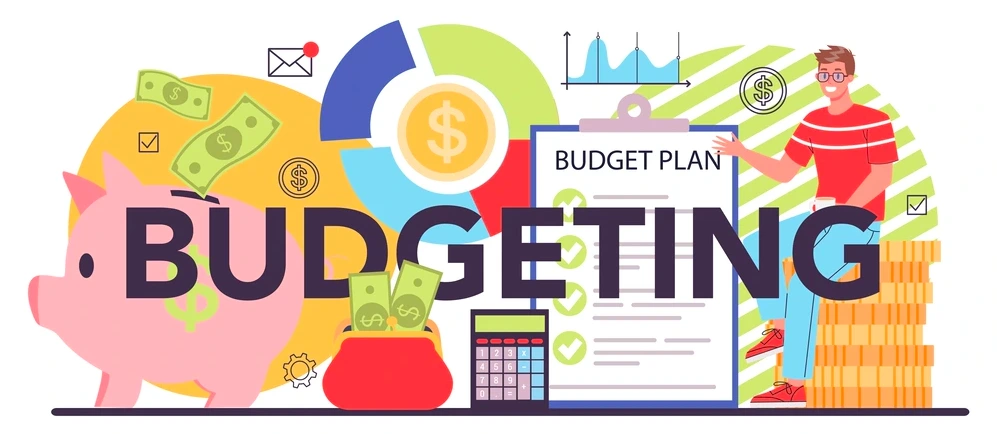Your financial journey hinges on how skillfully you manage your personal finances. At the heart of this financial prowess lies budgeting – a well-thought-out plan governing your monetary resources. In this guide, we intend to offer you a detailed insight into the world of budgeting, equipping you with the knowledge and tools needed to confidently steer your financial ship.
Understanding Budgeting
Creating a budget is akin to designing a financial roadmap. It’s about finding the ideal equilibrium between your income and expenditures, ensuring you don’t exceed your limits. Consider budgeting as a multifaceted tool that assists you in categorizing your costs, monitoring your cash flow, and building up savings for future objectives.
The Importance of Budgeting
Budgeting is pivotal for a multitude of reasons. Firstly, it assures that you have the means to cover your essential needs and desires. It also acts as a guardian against falling into debt or aids in managing existing financial obligations. Furthermore, budgeting empowers you to be prepared for unforeseen financial challenges and helps you set aside funds for significant life events and long-term aspirations.

Steps to Create a Budget
- Identify Your Income: Commence your budgeting journey by calculating your total income. This encompasses your primary income source, such as your salary, any supplementary income from side jobs, and passive income streams.
- List Your Expenses: Categorize your expenses into two main groups – fixed expenses (e.g., rent, utilities, and car payments) and variable expenses (like groceries, entertainment, and dining out).
- Set Your Goals: Clearly articulate your financial objectives. These could include paying off debts, saving for a dream vacation, or building a robust emergency fund.
- Create Your Budget: Utilizing the information on your income, expenses, and objectives, craft a comprehensive budget. Allocate every dollar of your income to specific categories, ensuring a balanced distribution.
- Track Your Spending: Vigilantly monitor your spending to ensure that you adhere to your budget. You can employ modern technology with budgeting apps, stick with spreadsheets, or opt for the classic pen-and-paper approach for this purpose.
- Review and Adjust: Regularly evaluate the performance of your budget and make necessary adjustments as your financial needs and goals evolve. A flexible budget ensures you stay on course.
Types of Budgeting
Various budgeting methods are available, each tailored to different financial circumstances:
- Zero-Based Budgeting: This approach ensures that your income minus your expenses equals zero. Every dollar has a designated purpose, be it for essential living costs, debt repayments, or savings.
- 50/30/20 Rule: This rule suggests dividing your income into three categories: 50% for necessities, 30% for discretionary spending, and 20% for savings and debt repayment.
- Envelope System: This method involves allocating your cash into designated envelopes for various spending categories. Once the funds in an envelope are depleted, no further spending is allowed in that category for the month.
Conclusion
Although budgeting can appear intimidating initially, it’s a powerful instrument that empowers you to manage your financial situation effectively. The primary objective of budgeting isn’t to restrict your spending but to grant you the freedom to spend with intention and awareness. With dedication and determination, you can craft a budget tailored to your specific financial circumstances, laying the foundation for a more secure and prosperous future.
Read More:
Personal Financial Planning 101: Everything You Need to Know

